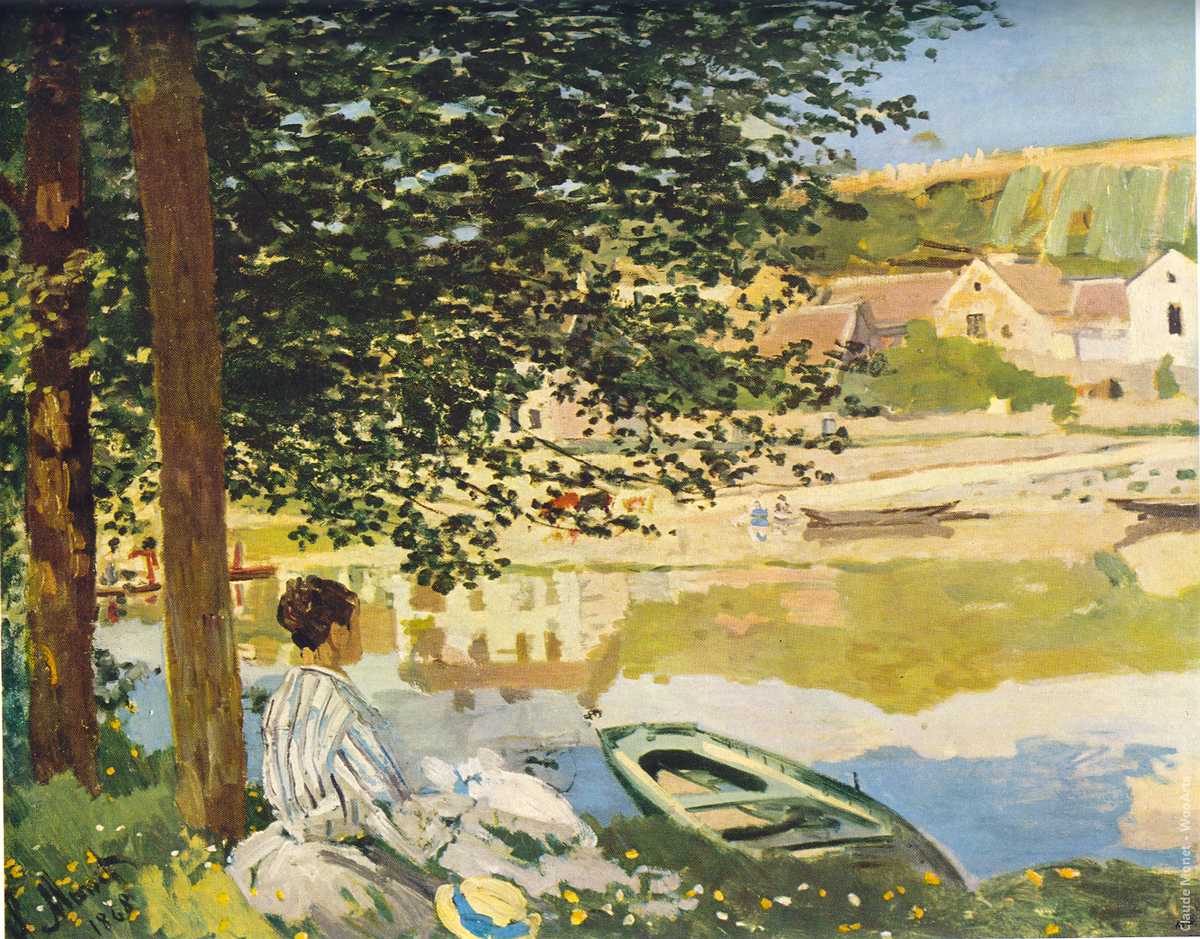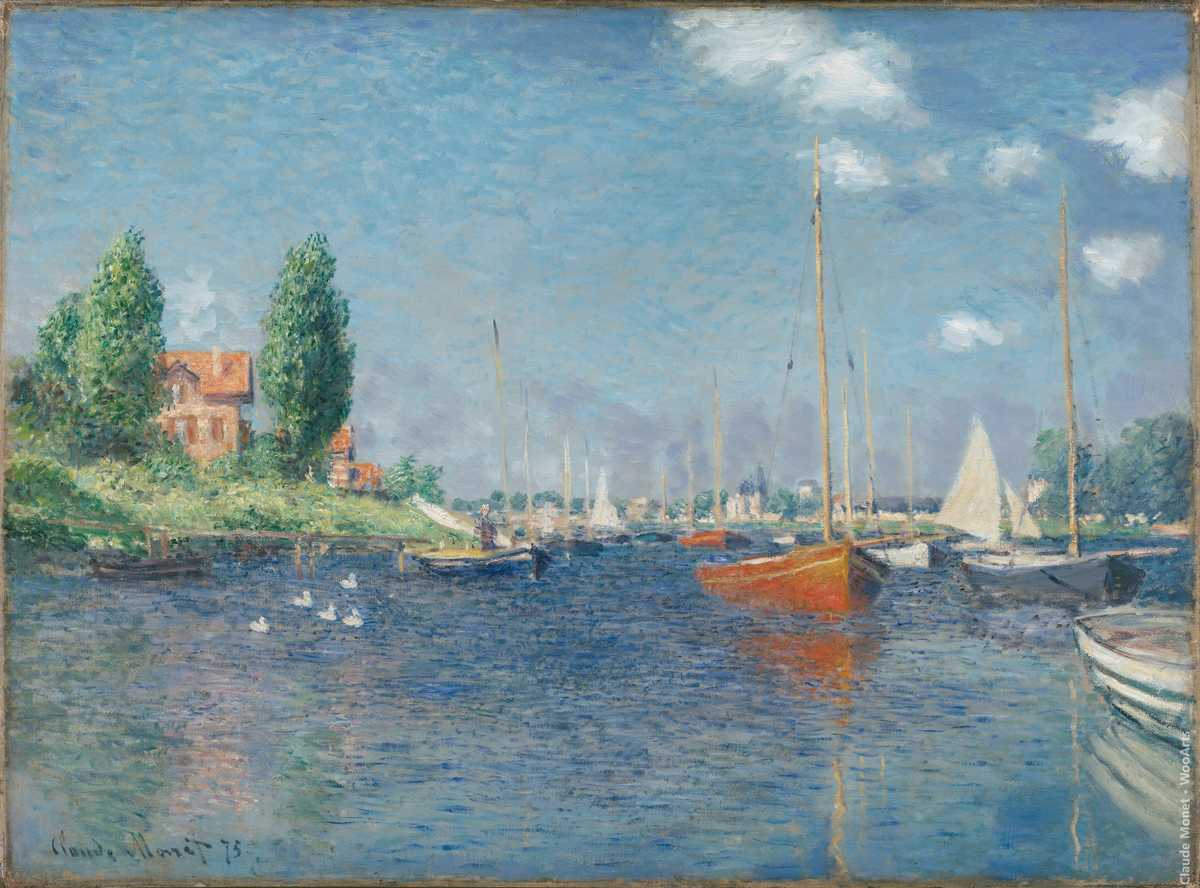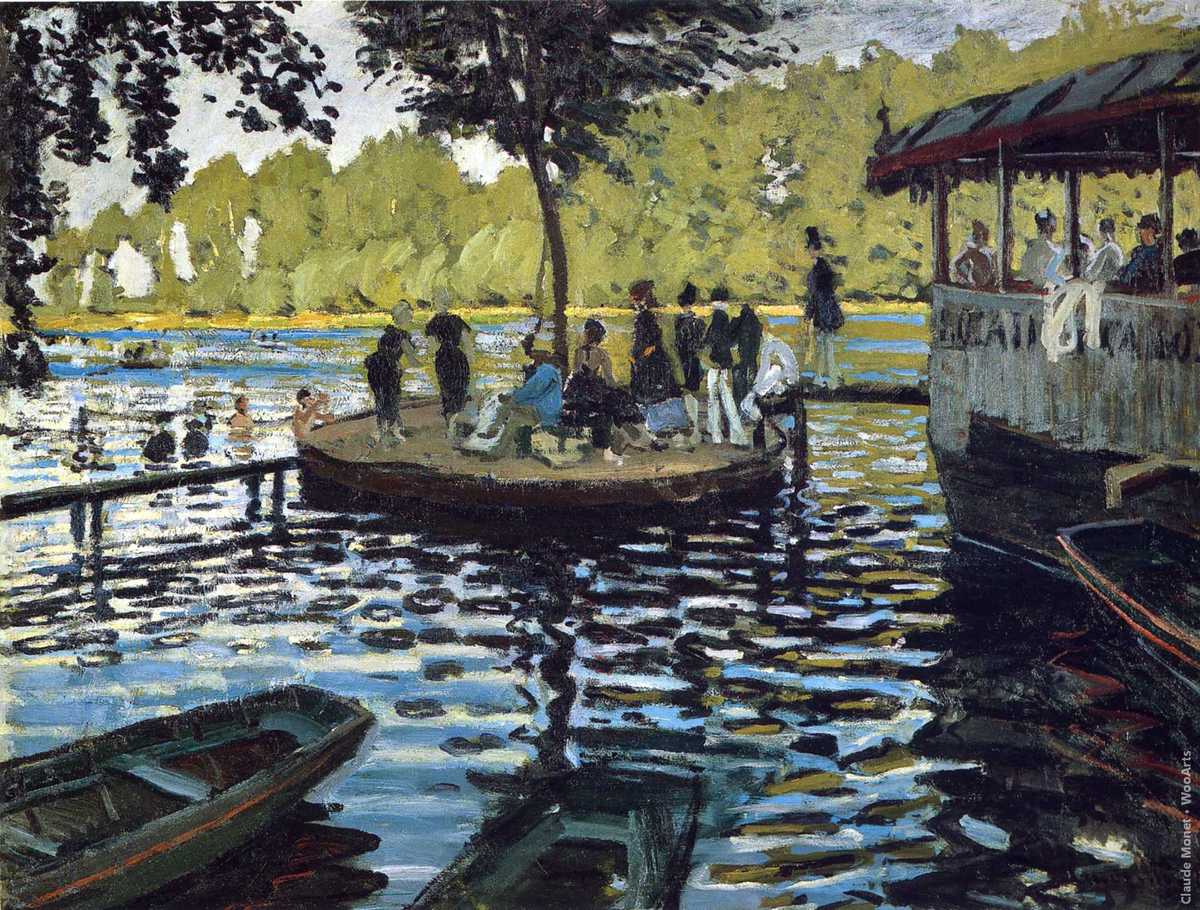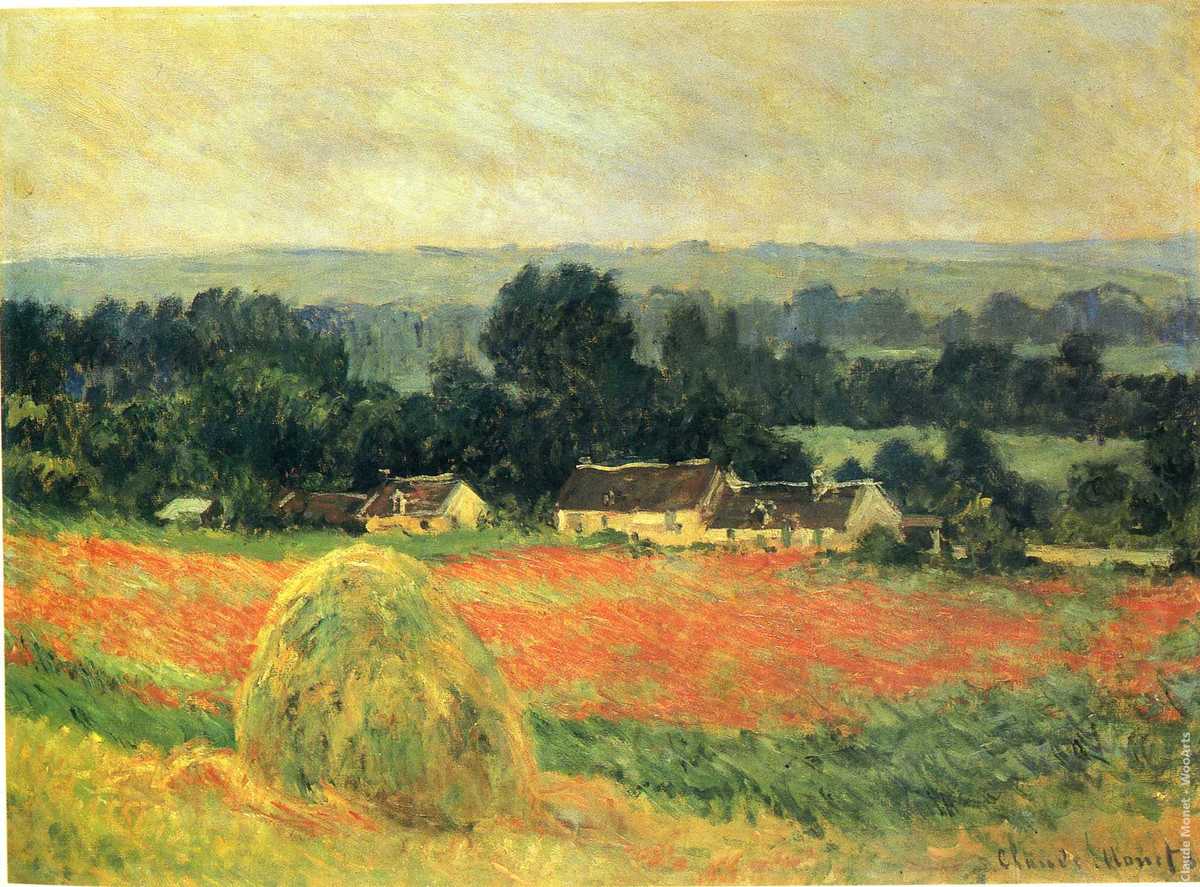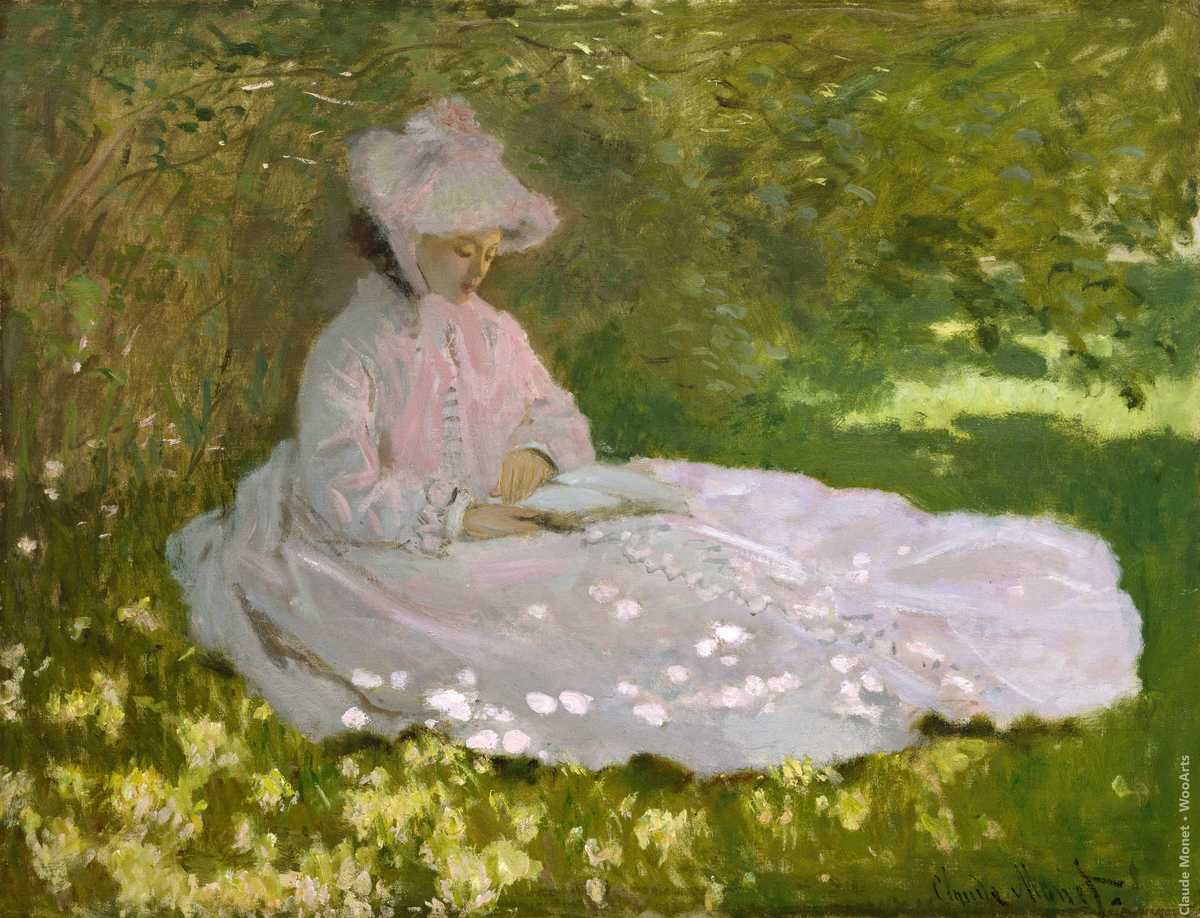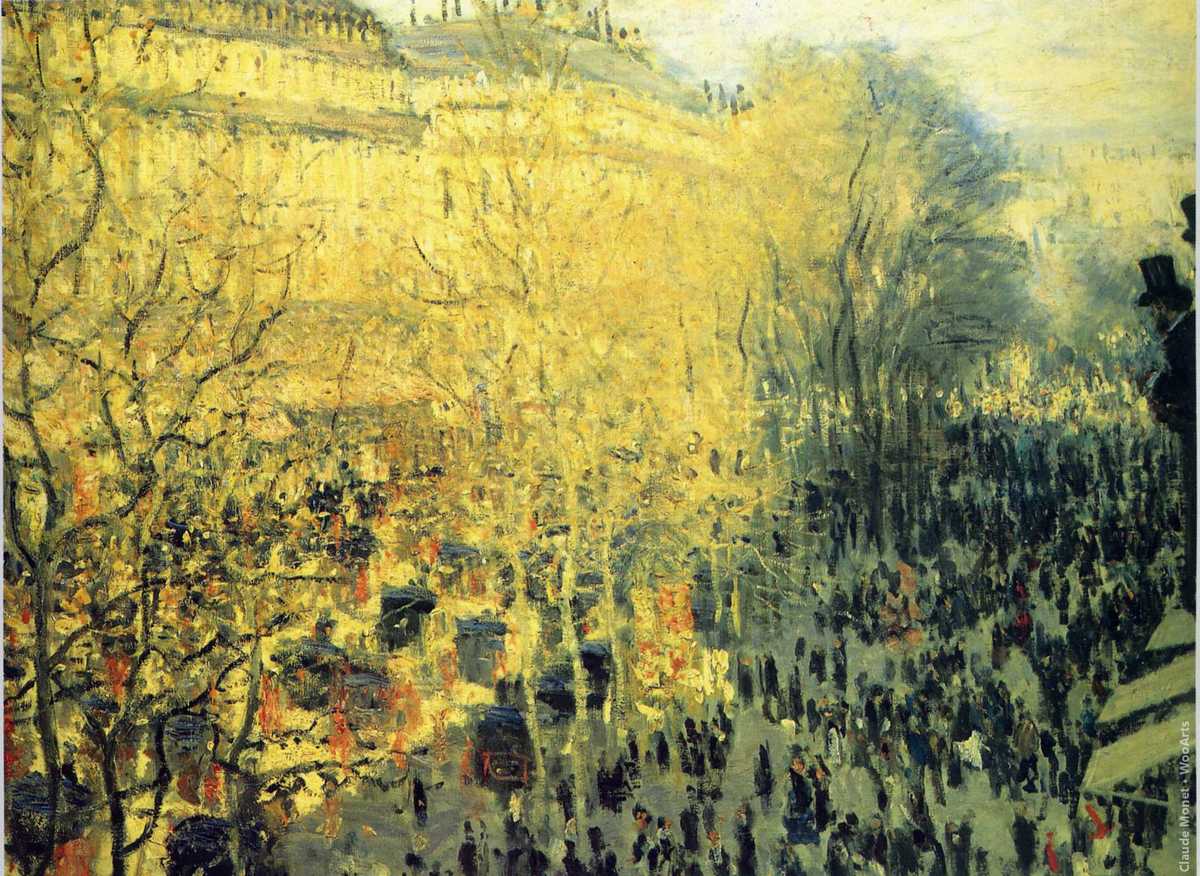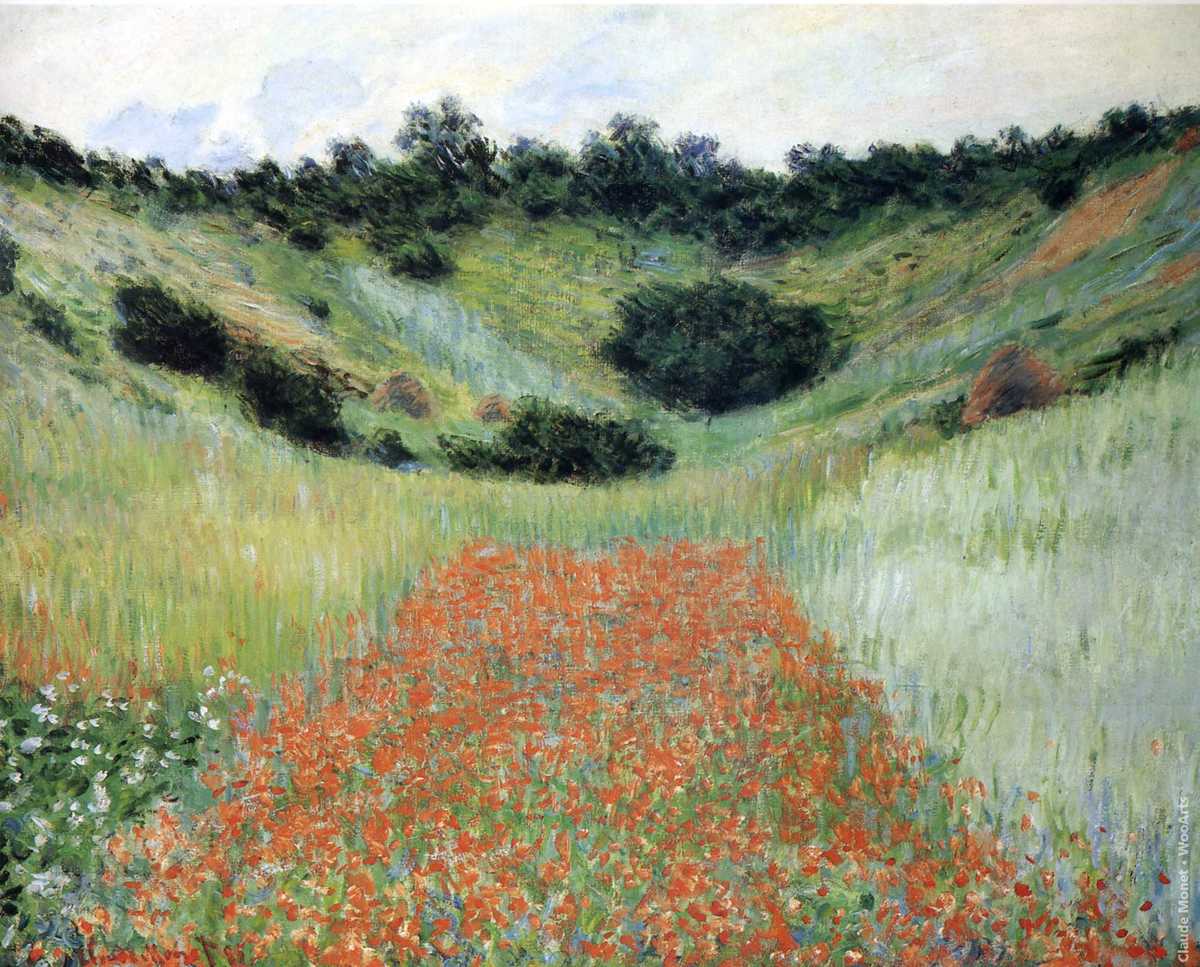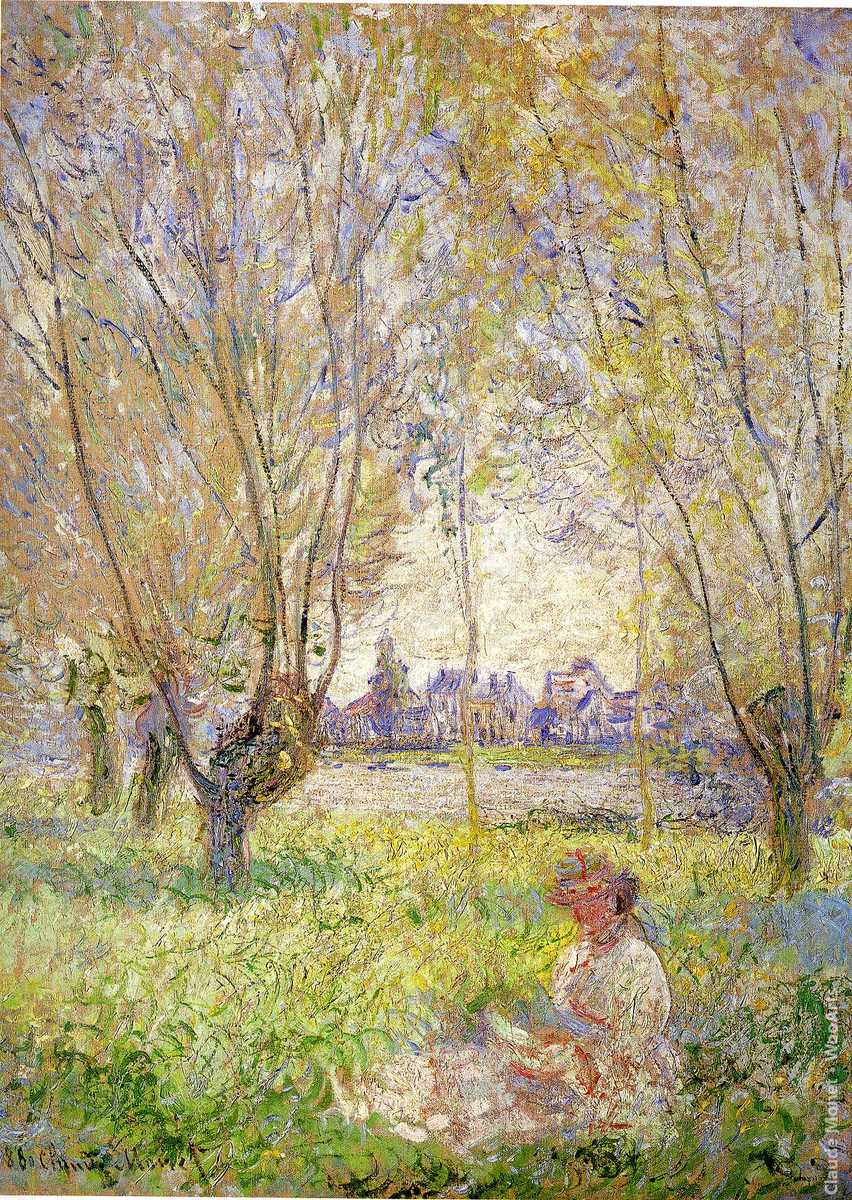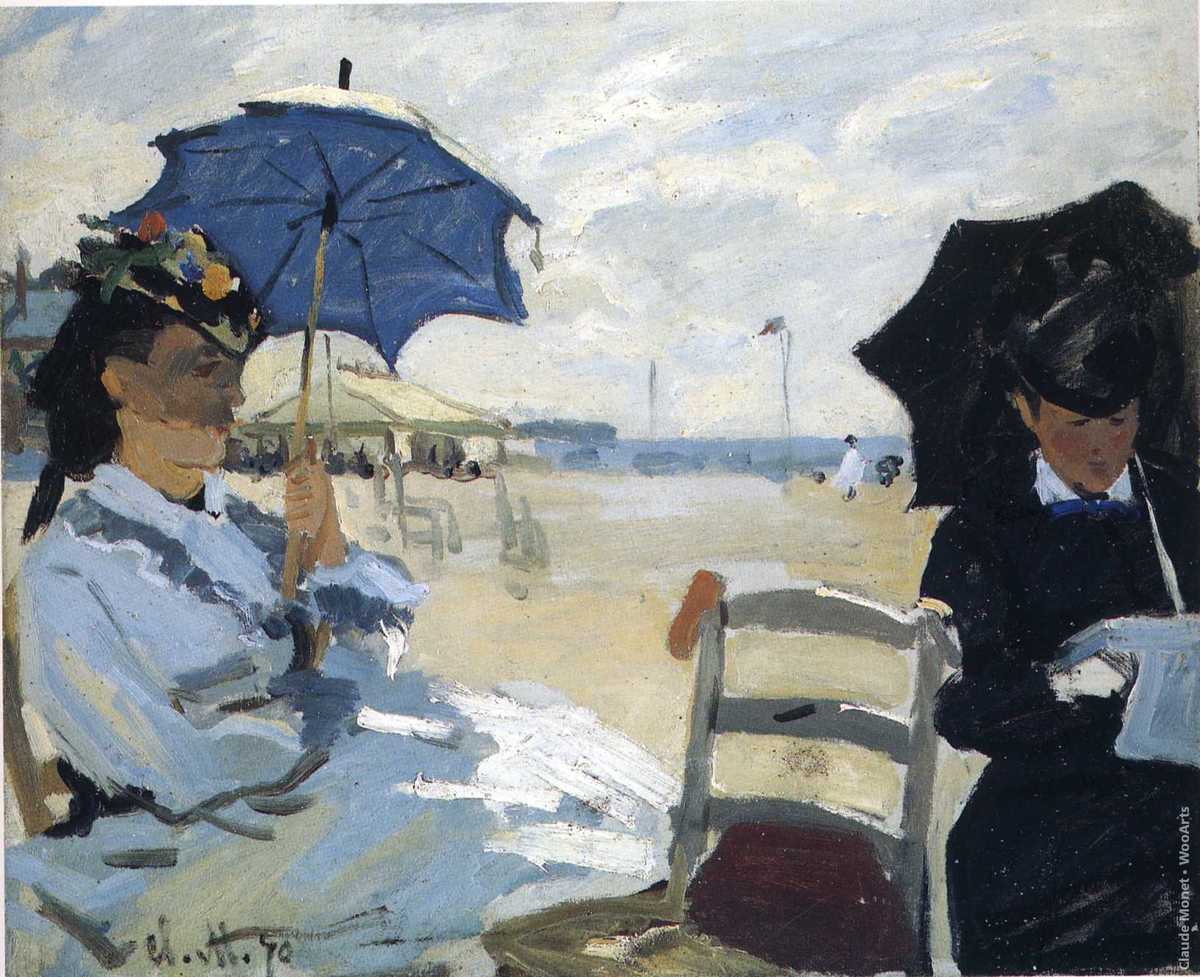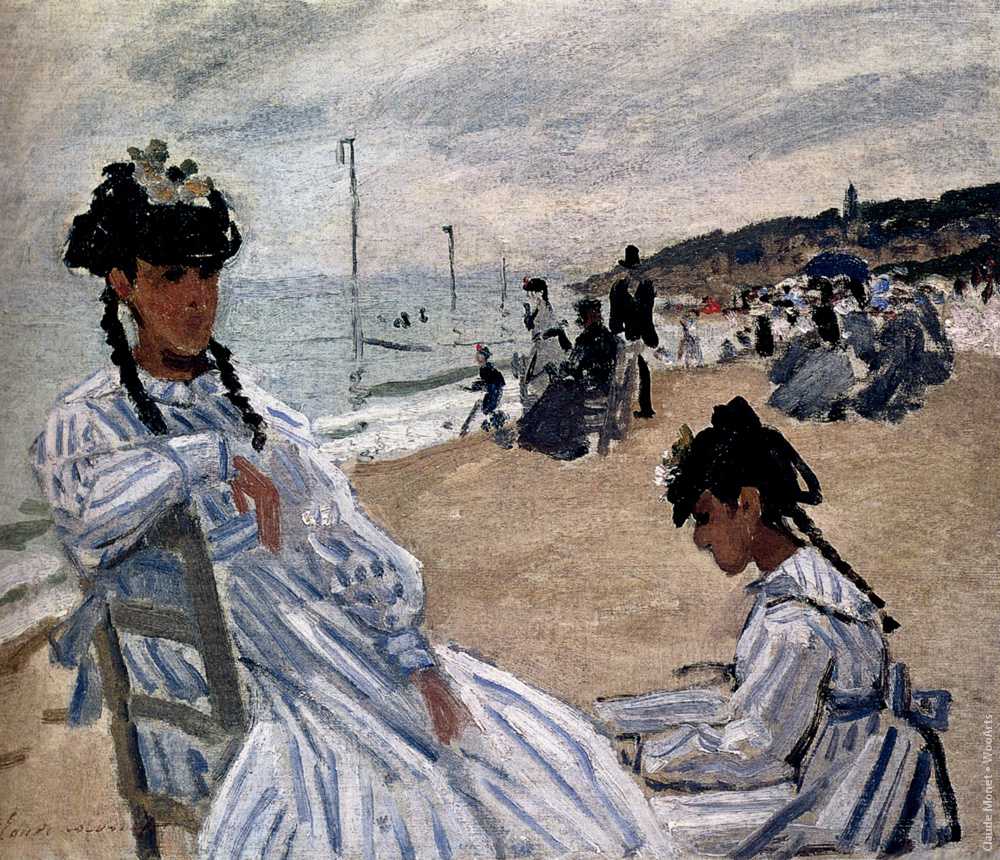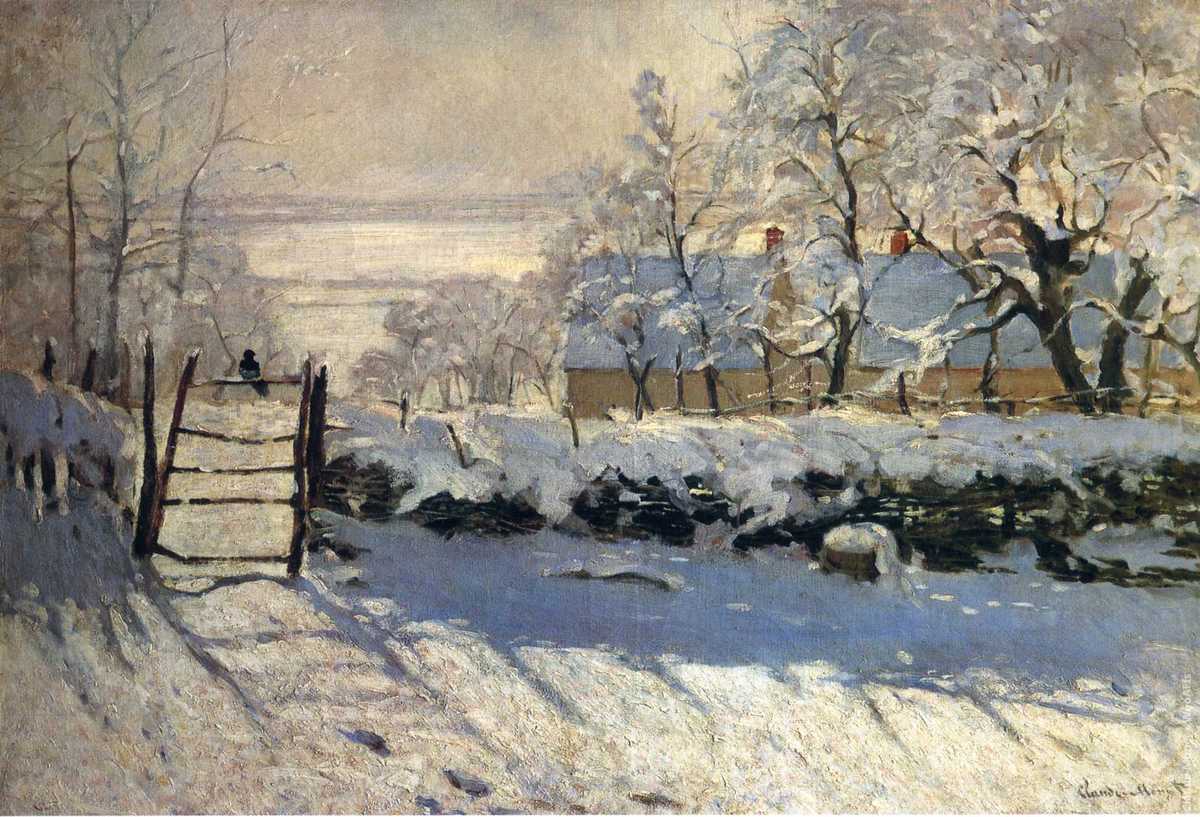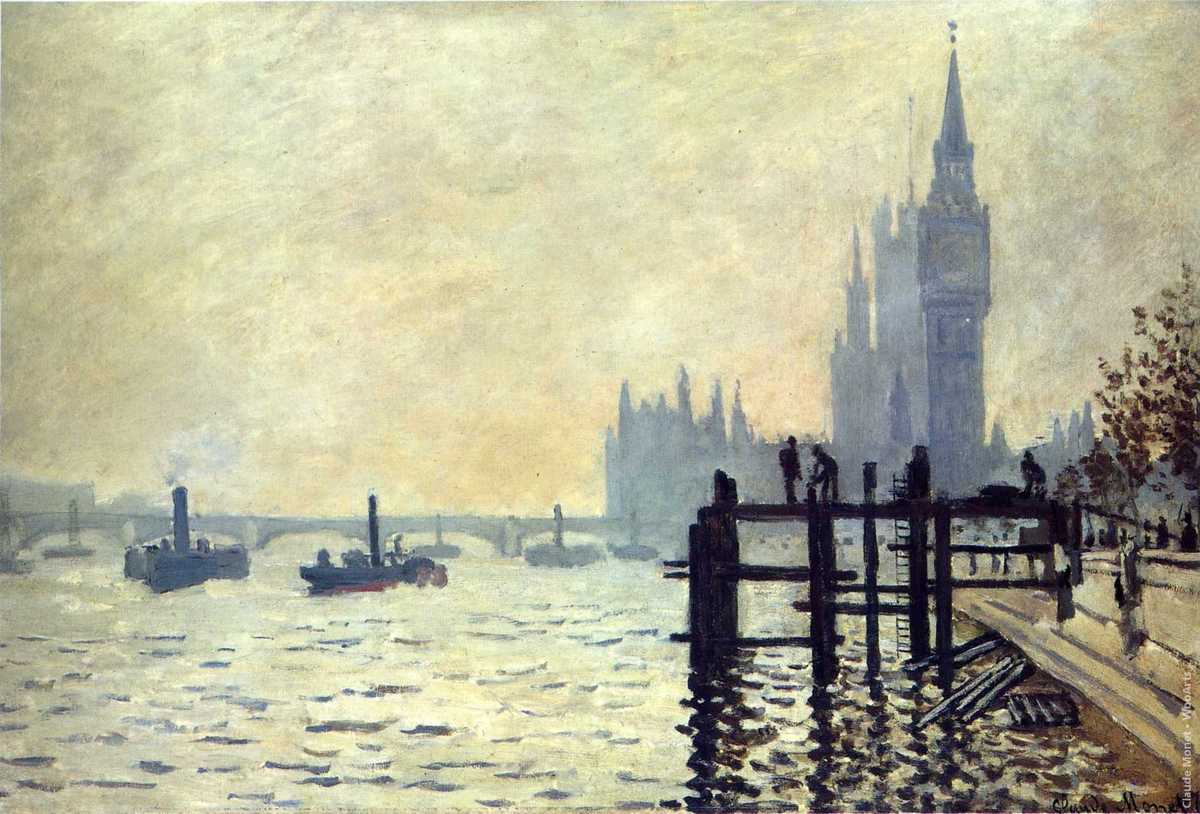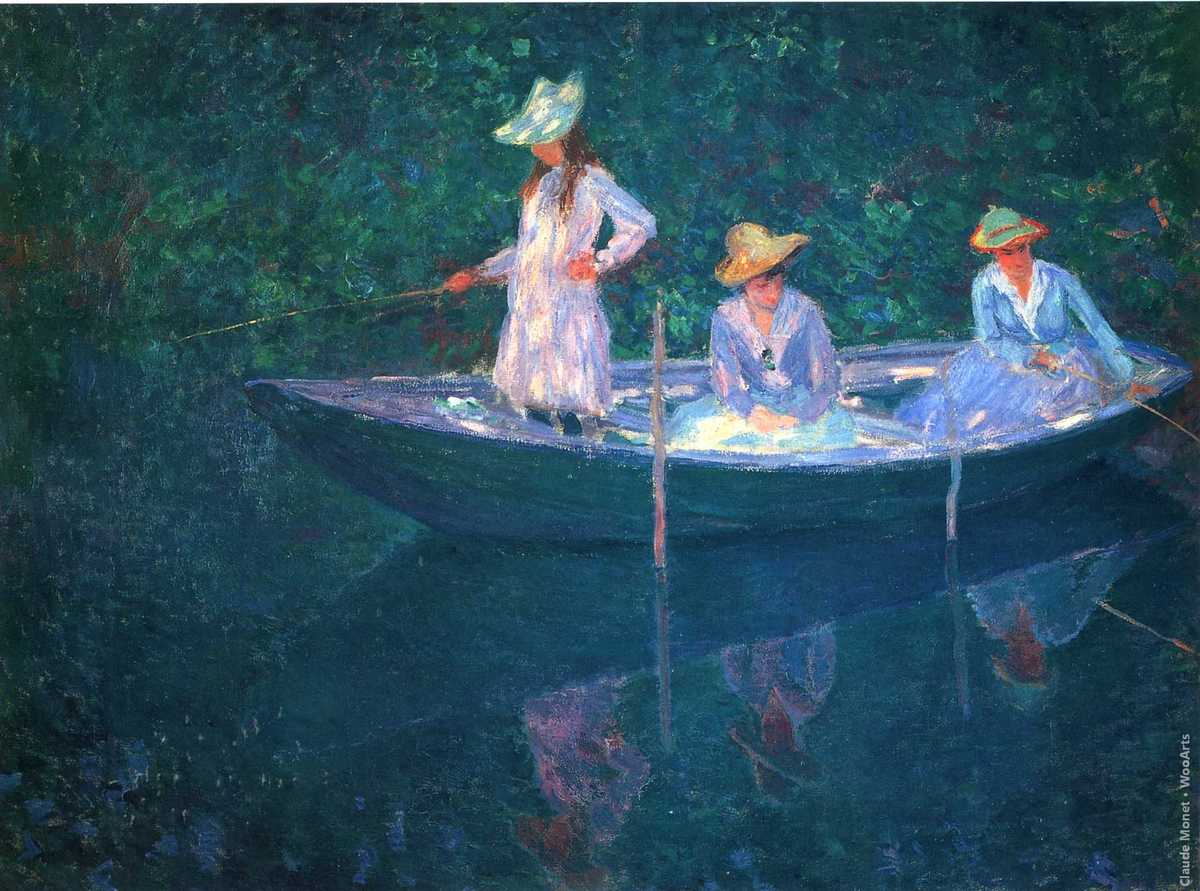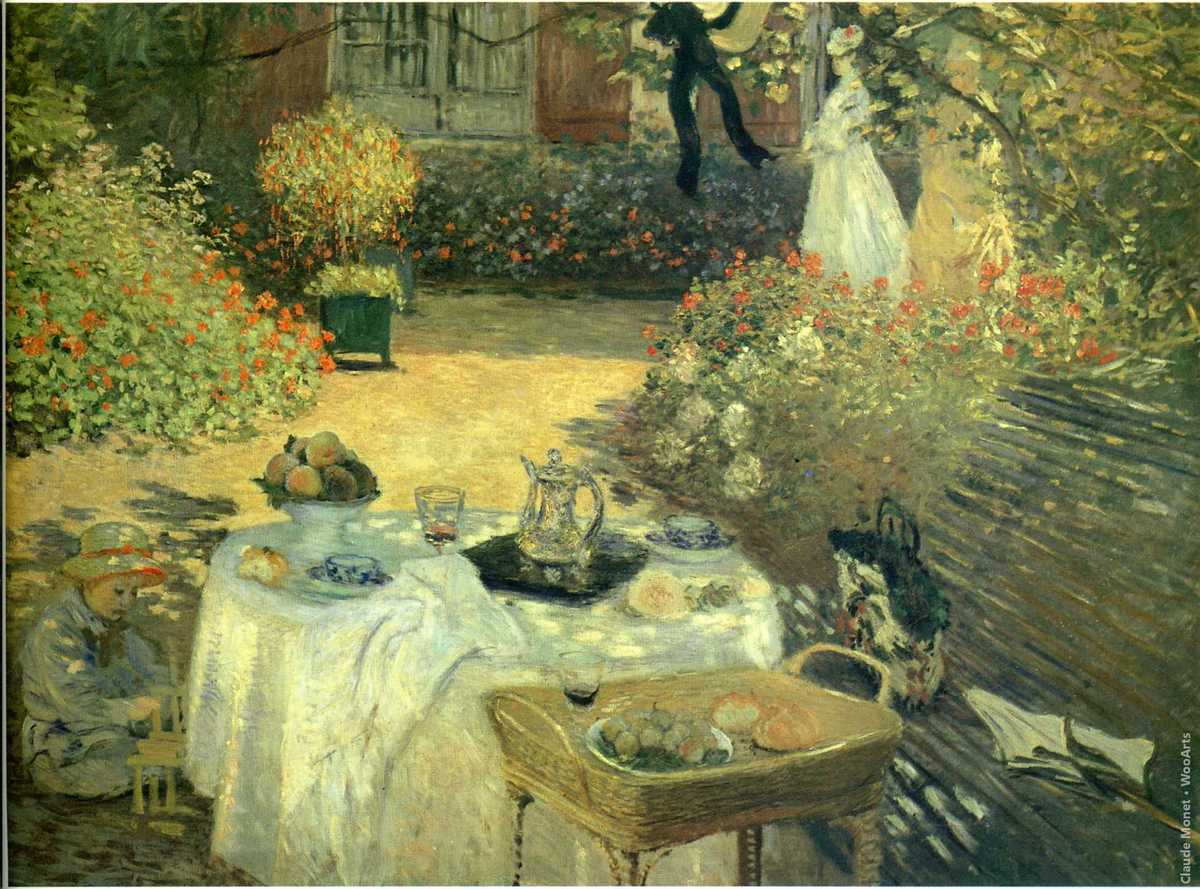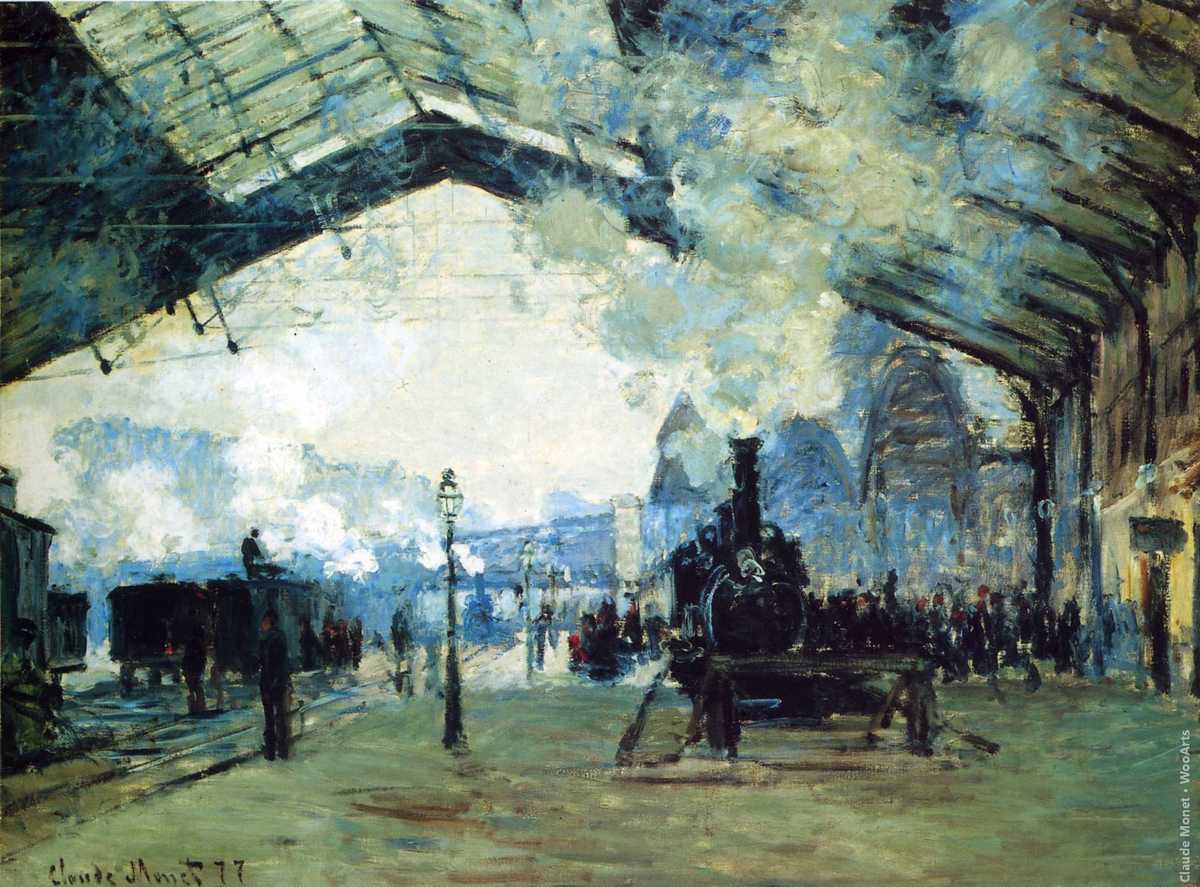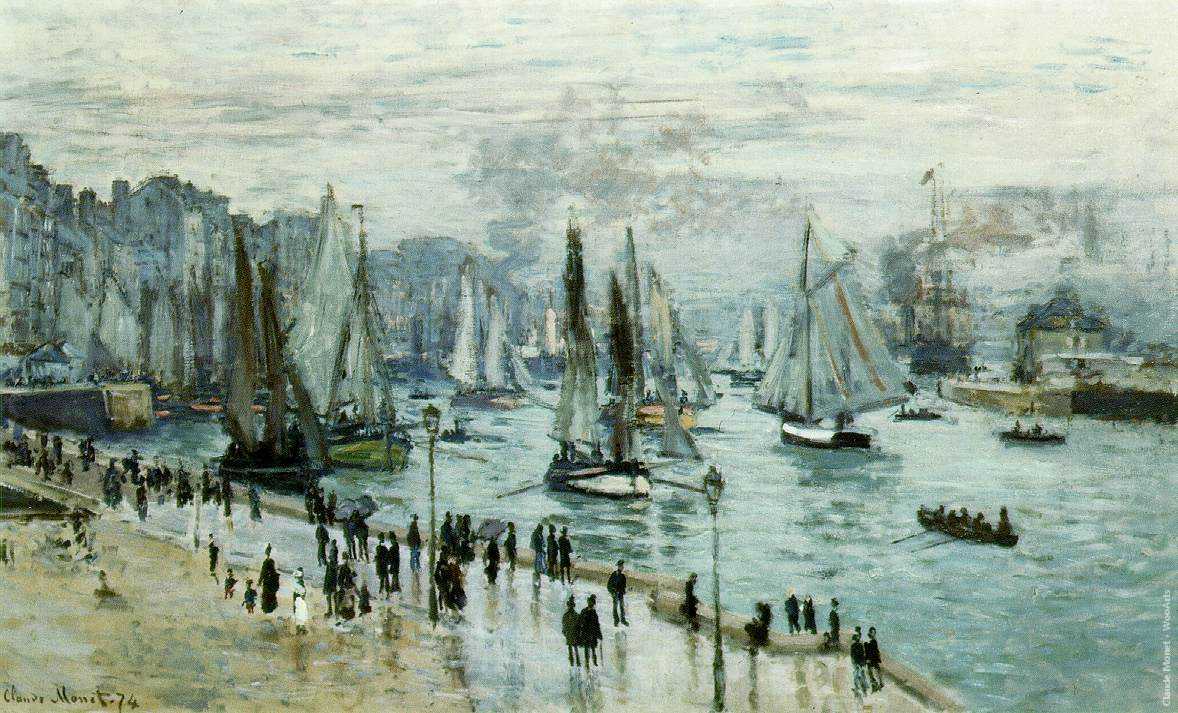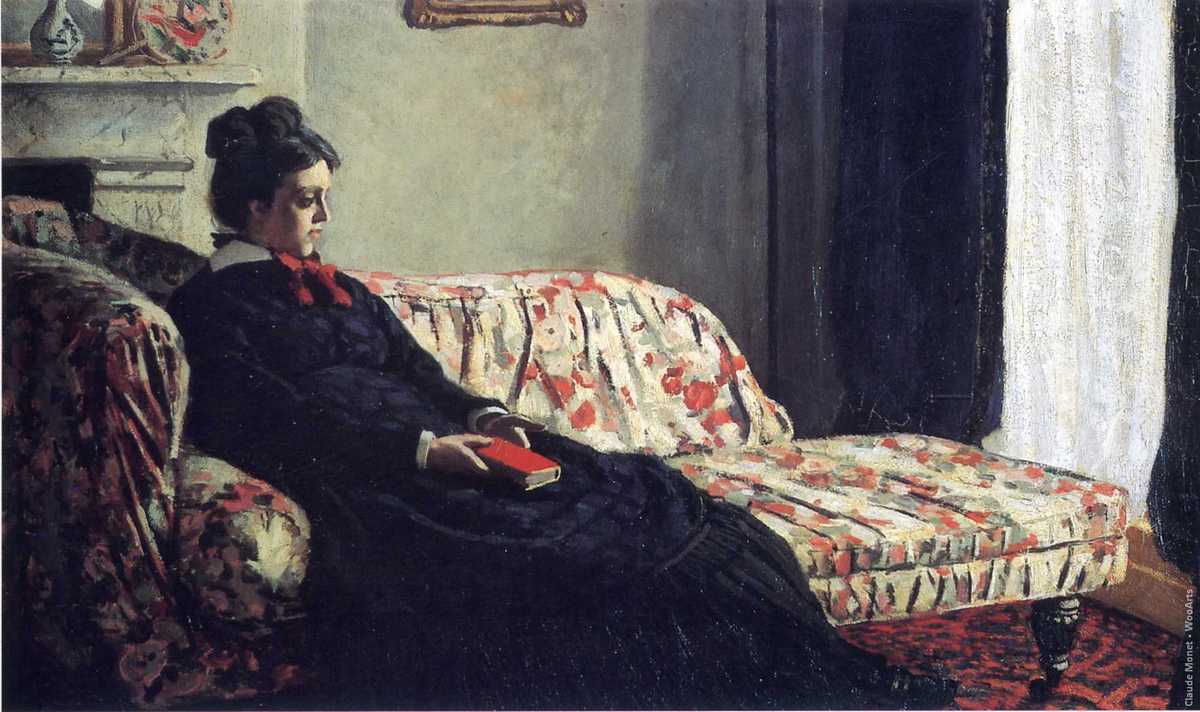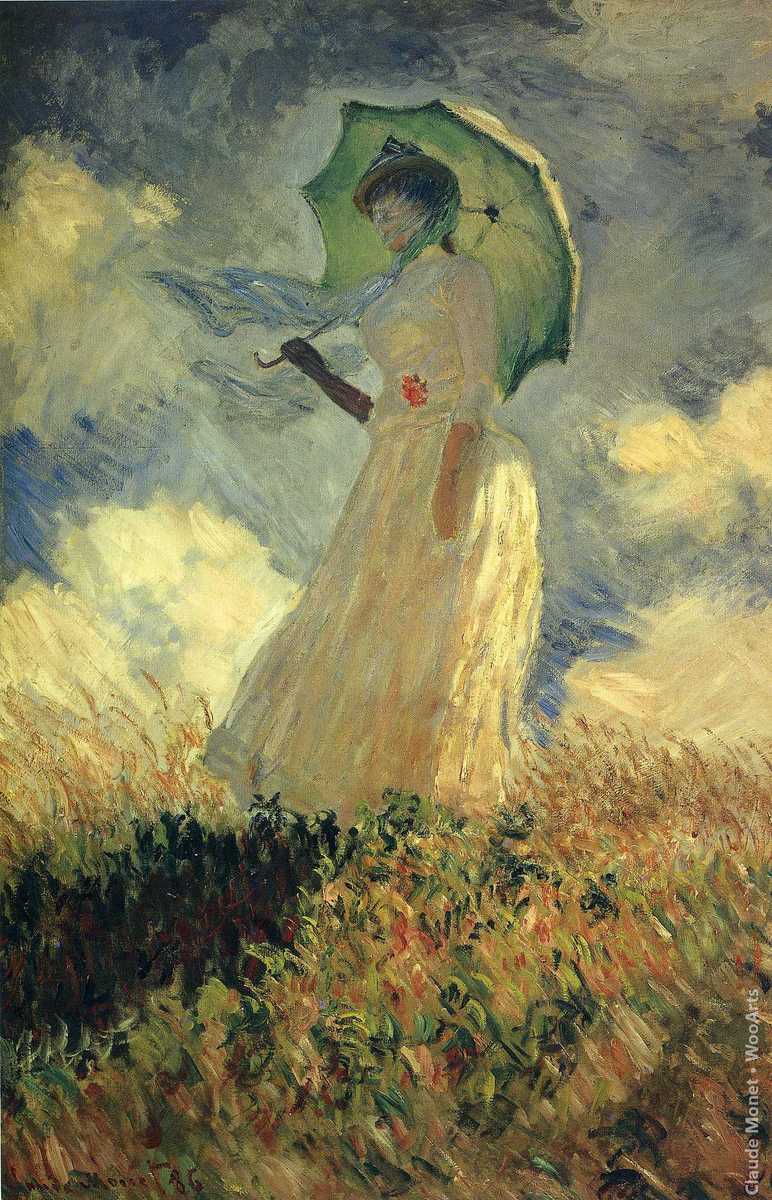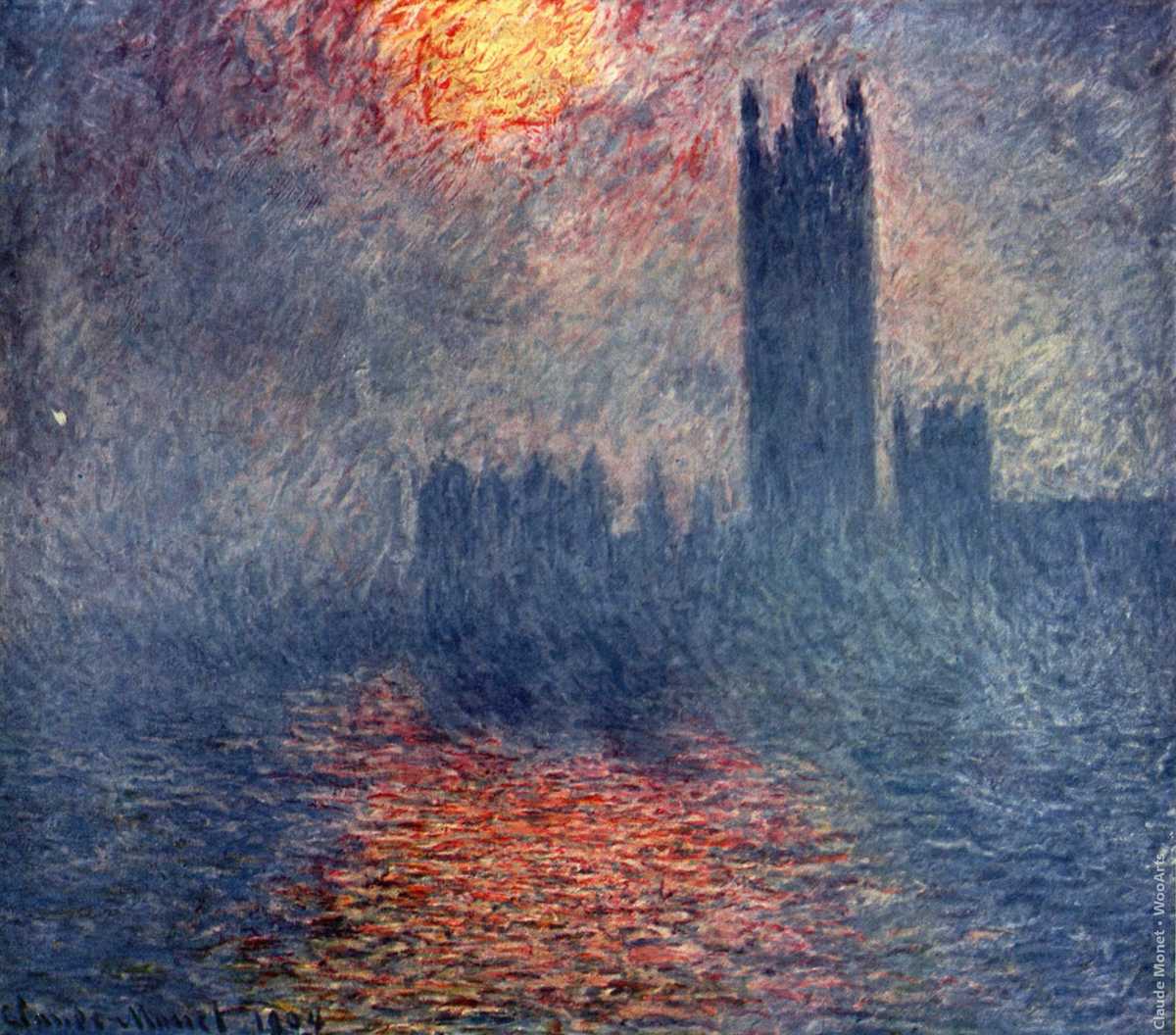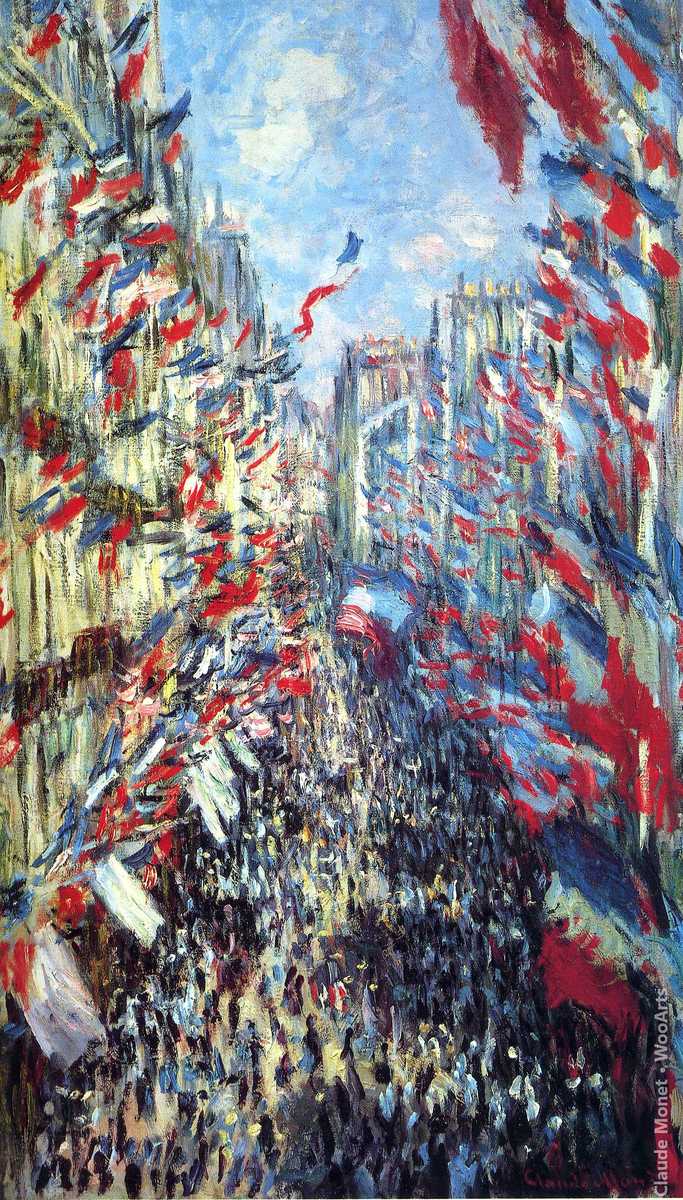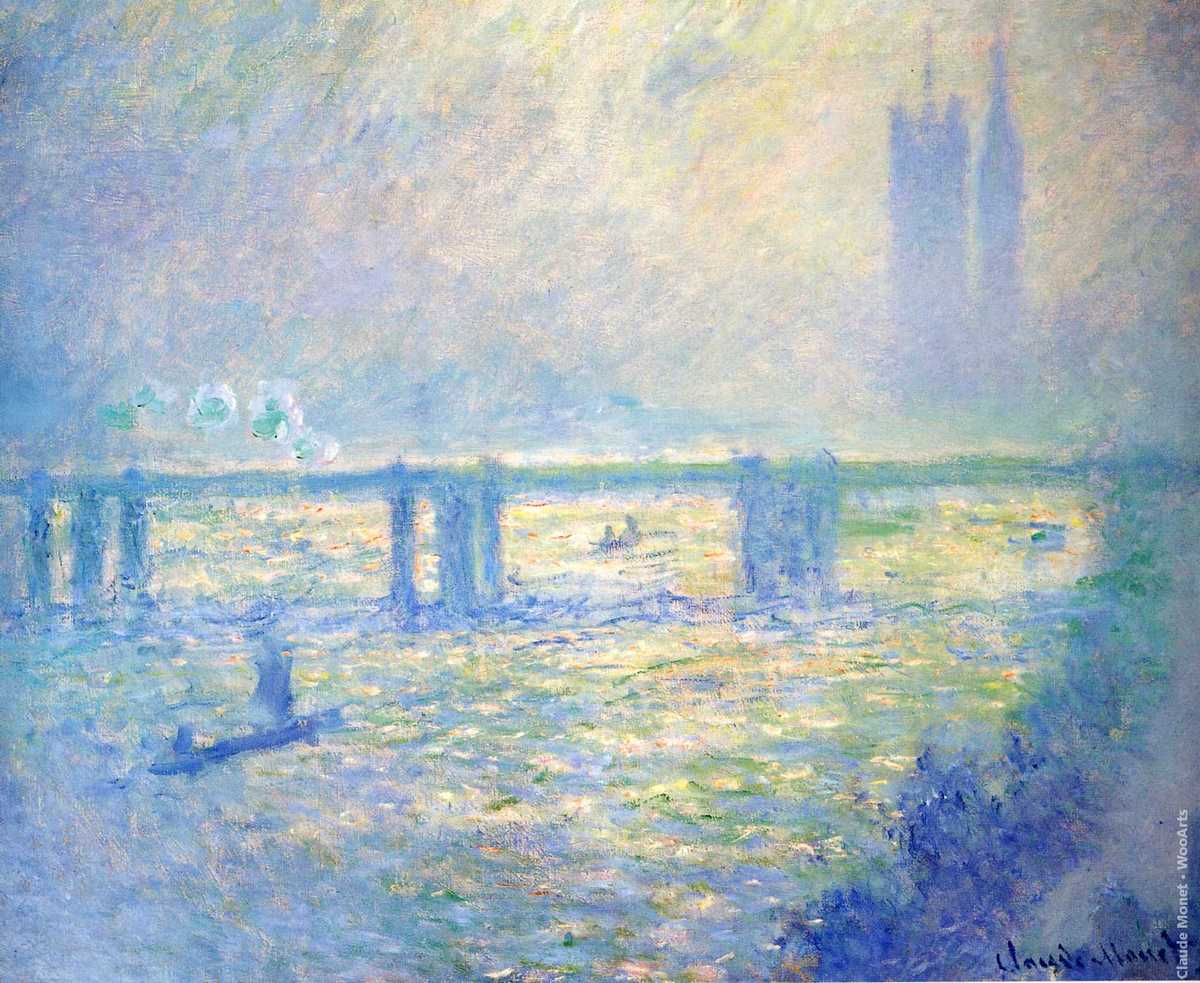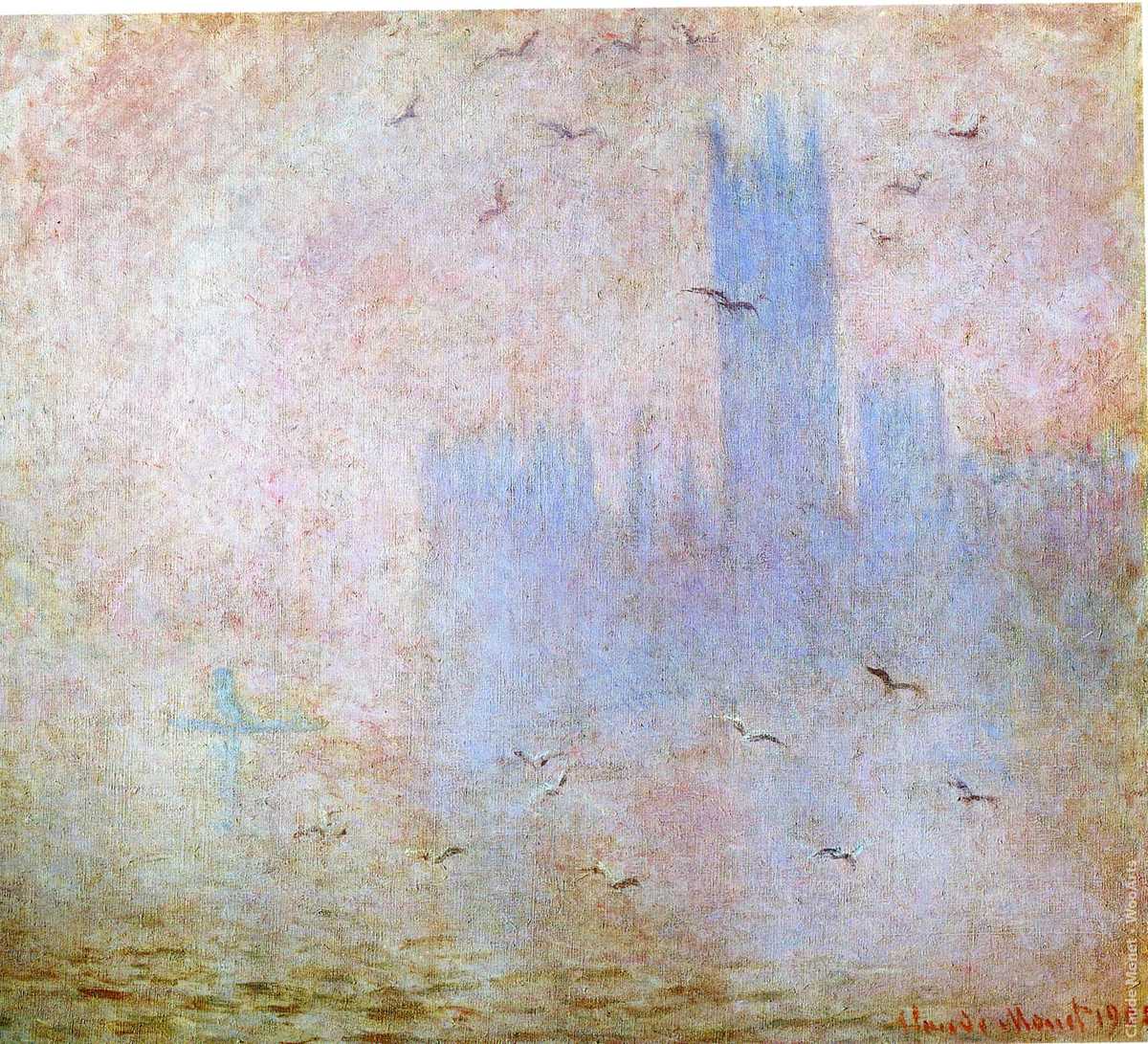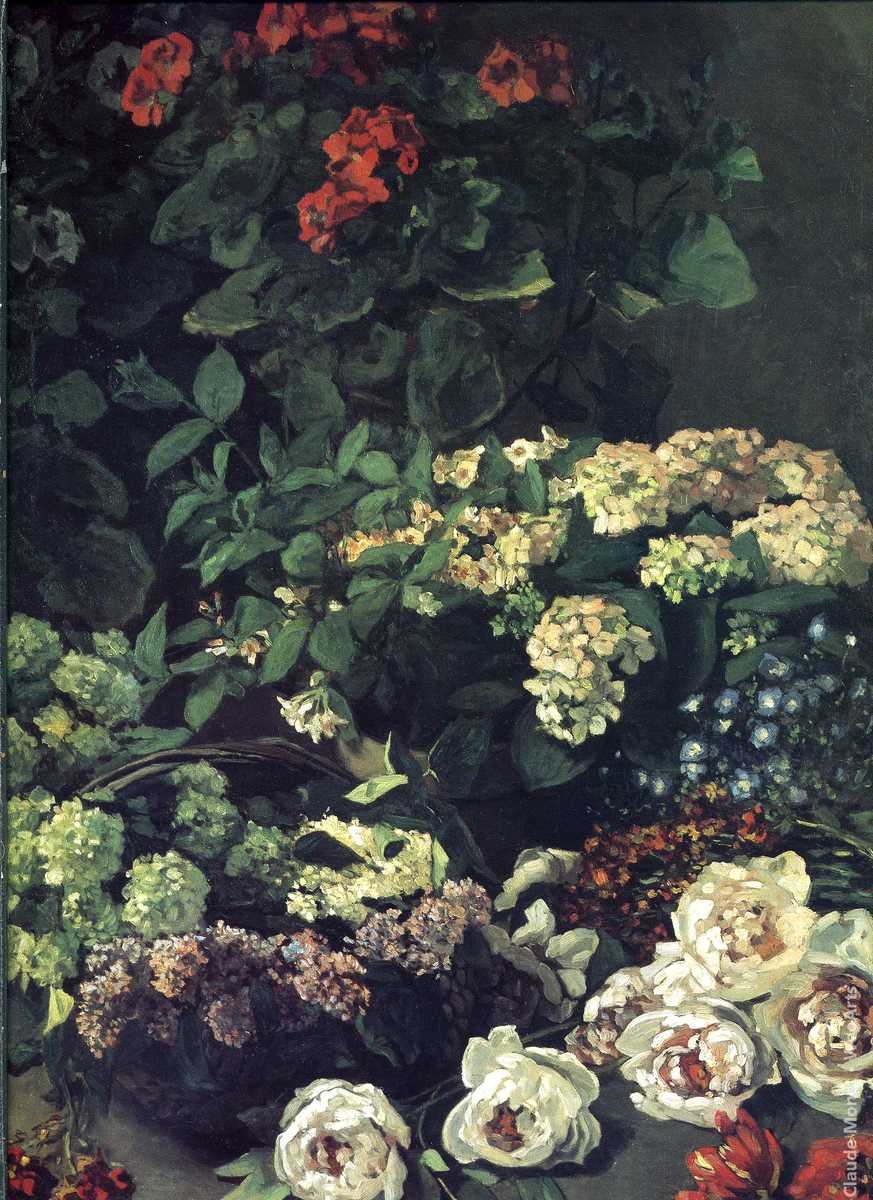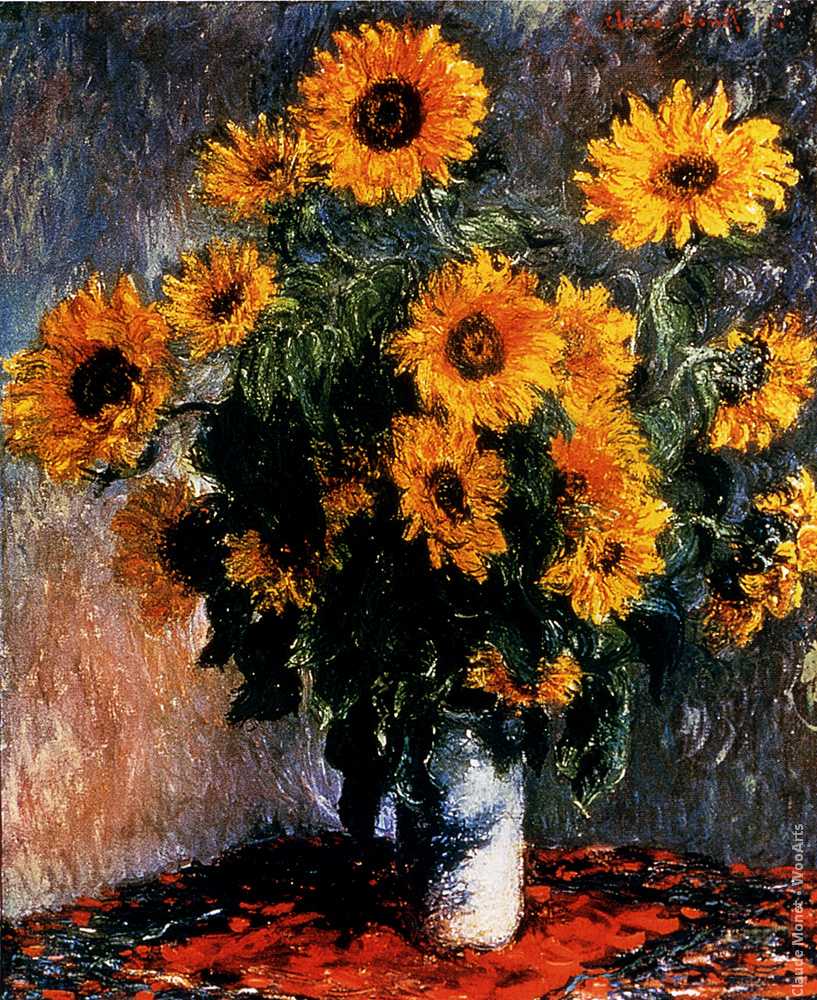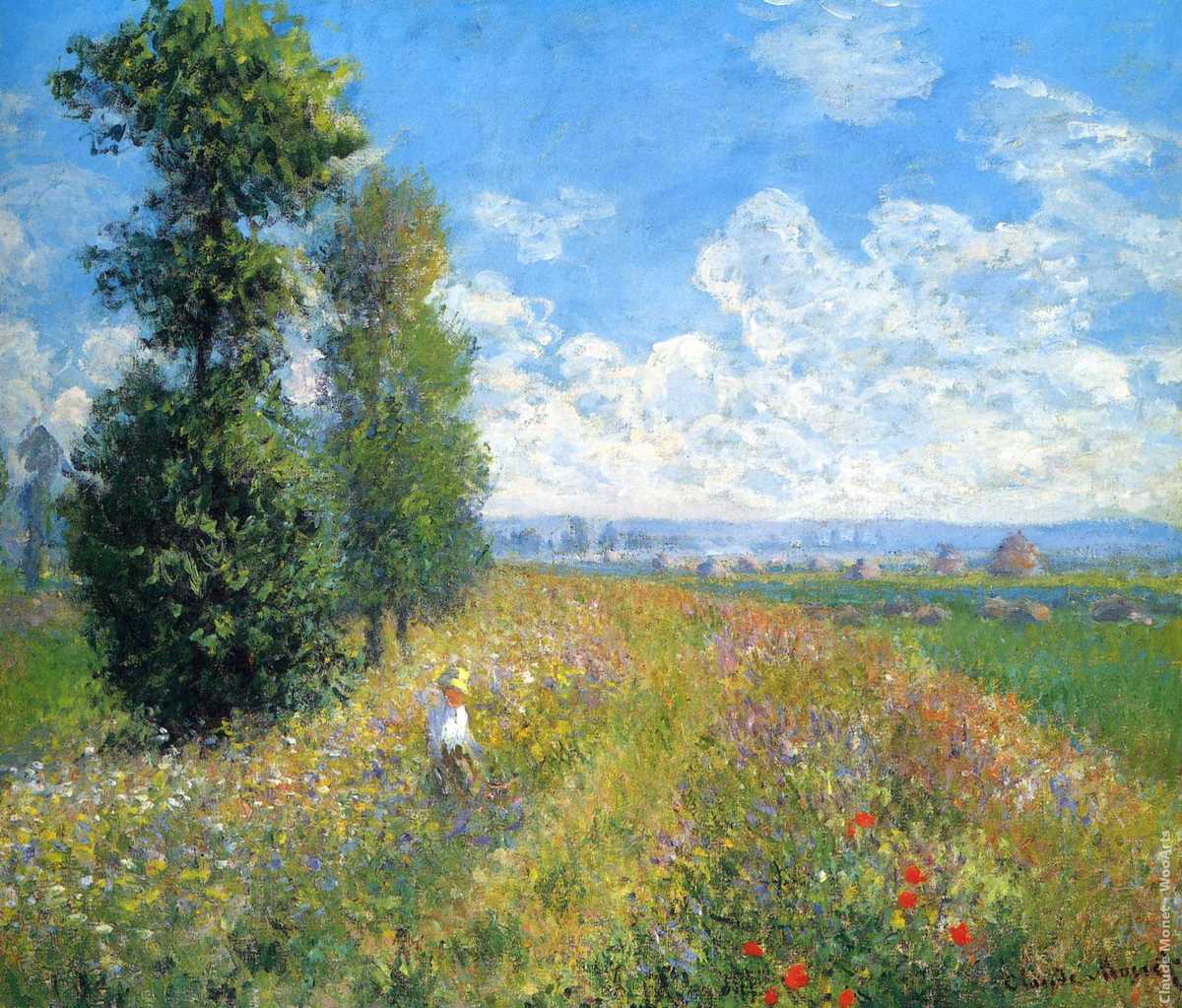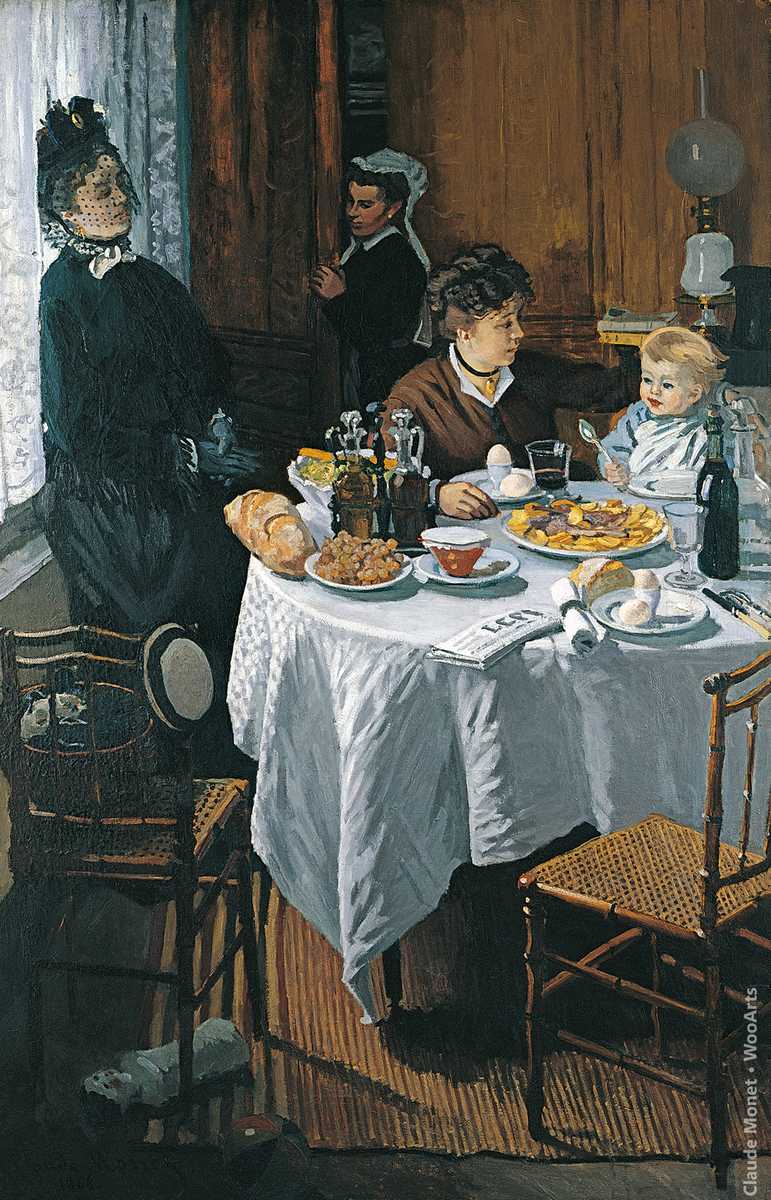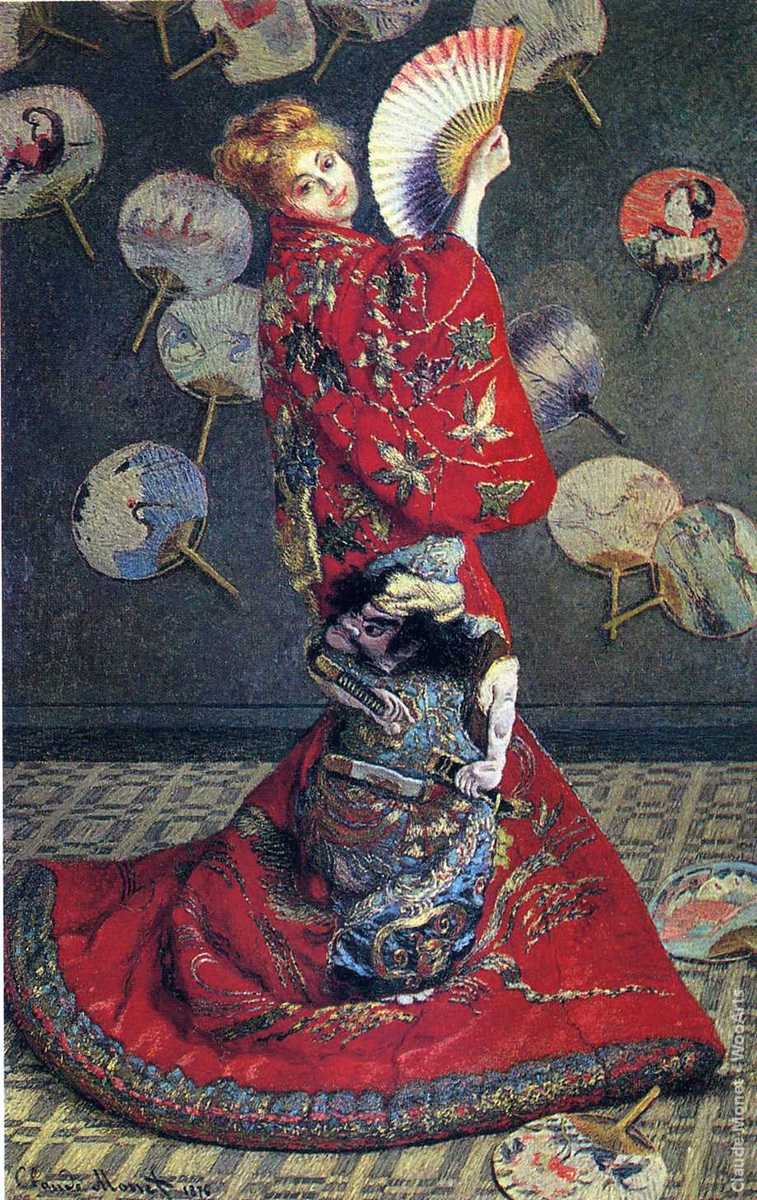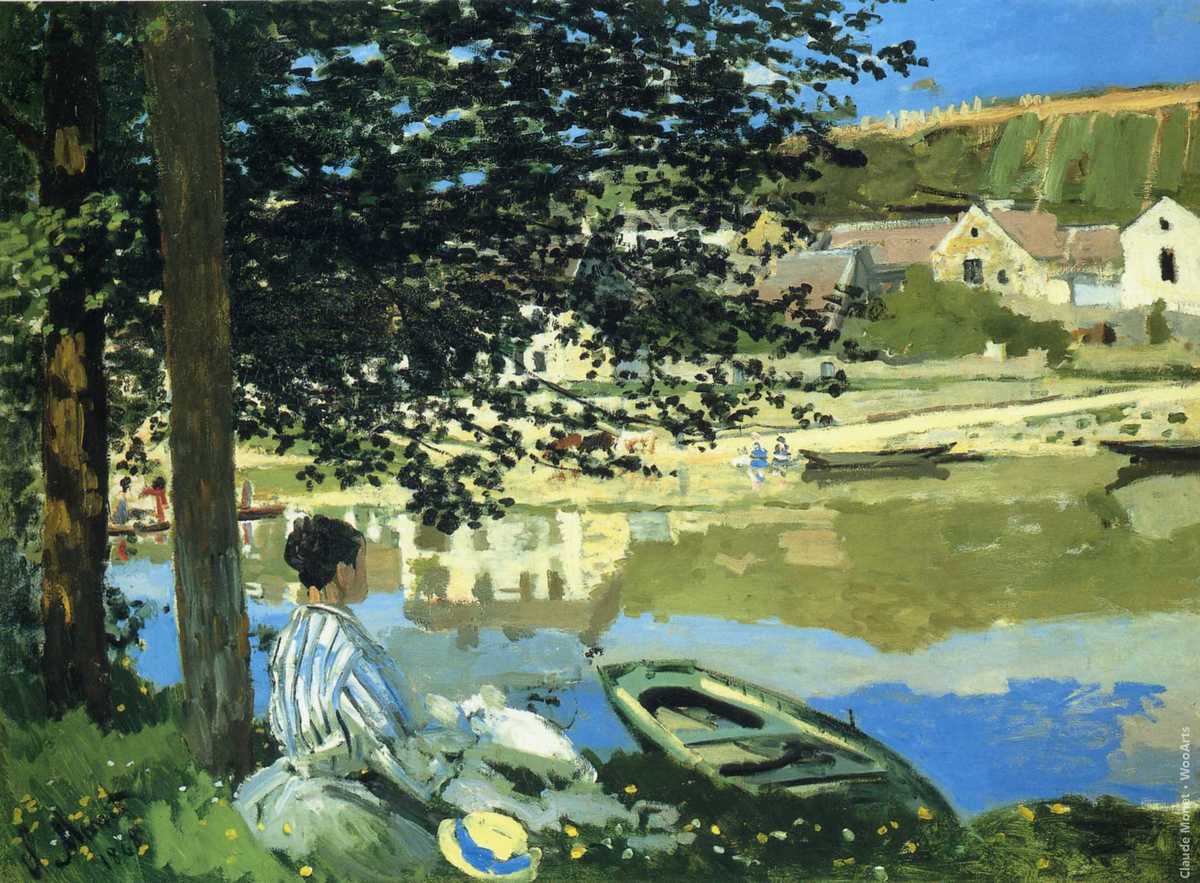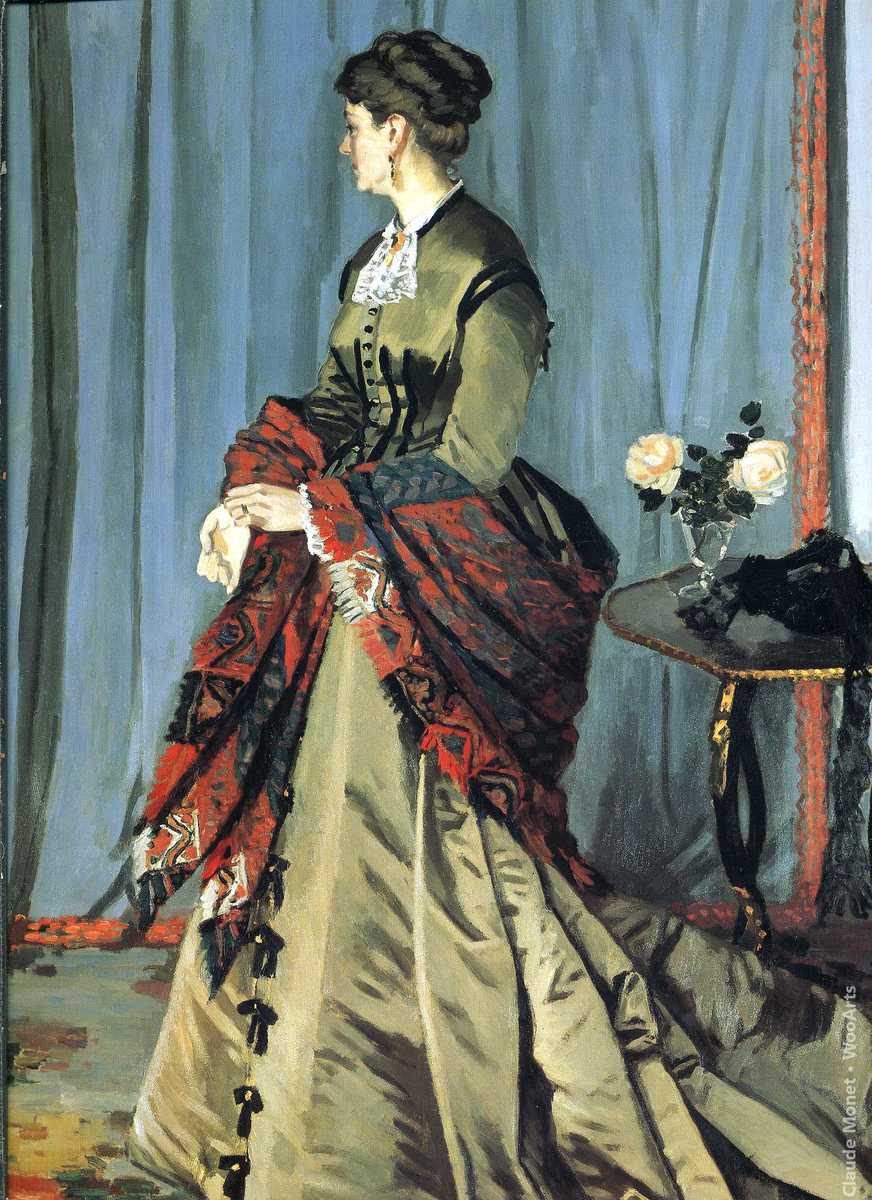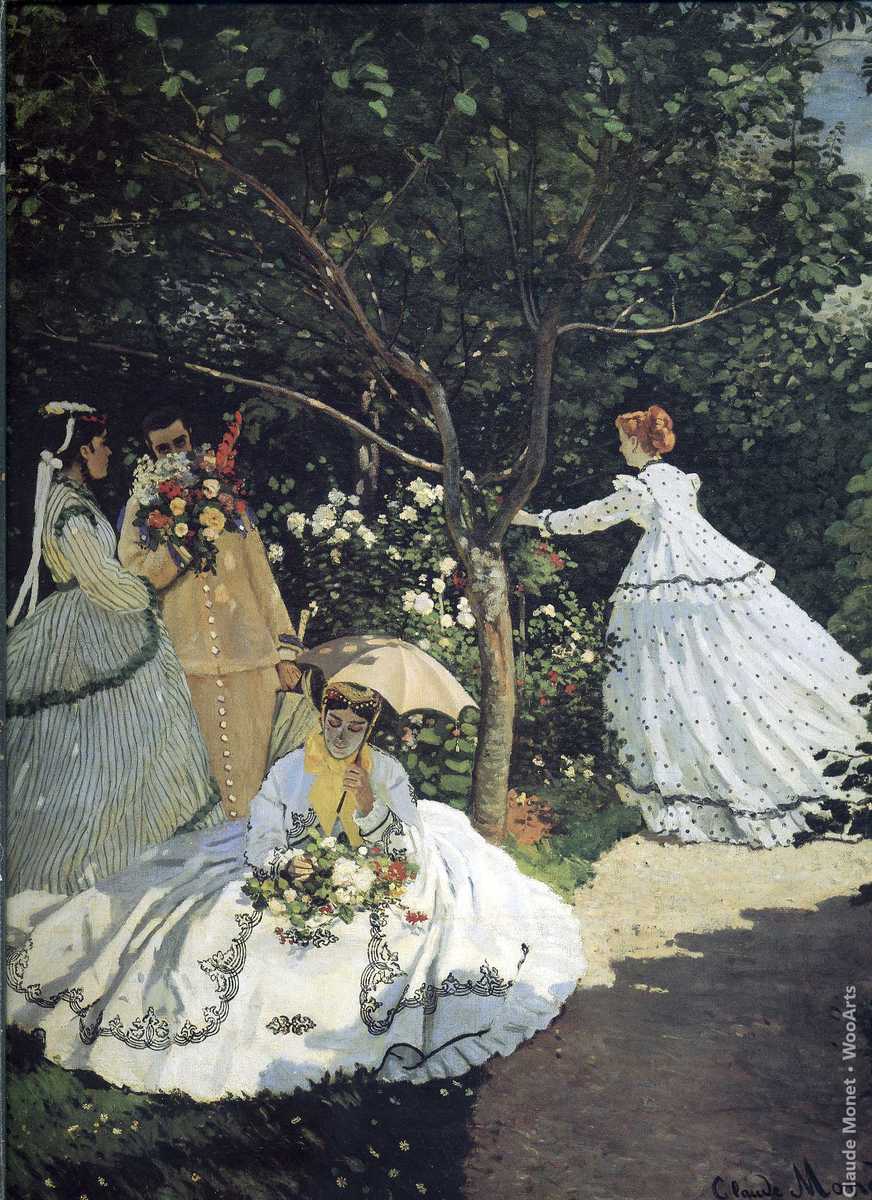Claude Monet: A Visionary of Light and Nature
Introduction
Claude Monet, the renowned French Impressionist painter, is celebrated as a visionary who forever changed the course of art history. Born on November 14, 1840, in Paris, Monet’s journey from a struggling young artist to a luminary of the art world is a testament to his unwavering dedication, innovative spirit, and profound connection to the natural world. This article will delve into Monet’s life, artistic evolution, and enduring legacy.

Early Life and Struggles
Monet’s early life was marked by financial challenges and a passion for art that would shape his destiny. His family moved to Le Havre in Normandy when he was a child, where he developed a love for sketching the local landscapes. Despite his undeniable talent, Monet’s family initially discouraged his artistic pursuits. However, he persisted, eventually joining the Le Havre secondary school of the arts, which provided him with formal training.
Early Career and the Impressionist Movement
Monet’s artistic journey took a significant turn when he moved to Paris, where he joined the renowned École des Beaux-Arts. During this time, he befriended fellow artists like Pierre-Auguste Renoir, Édouard Manet, and Camille Pissarro, all of whom played pivotal roles in the formation of the Impressionist movement.
Impressionism, a revolutionary art movement, sought to capture fleeting moments, the play of light, and the essence of nature. Monet’s painting “Impression, Sunrise” (1872) gave the movement its name and encapsulated its core philosophy. In this iconic work, Monet portrayed the shimmering harbor of Le Havre at sunrise, using loose brushstrokes and vibrant color to convey the ephemeral quality of the scene.
The Giverny Years
One of the defining chapters of Monet’s career was his move to Giverny, a small village in Normandy, in 1883. Here, he cultivated lush gardens and ponds that became the subjects of some of his most celebrated series, including the Water Lilies and Japanese Bridge paintings. These works are characterized by their mesmerizing portrayal of water, light, and reflections, showcasing Monet’s ability to capture the tranquil beauty of nature.
Monet’s fascination with the changing seasons, light, and atmosphere led him to create countless variations of the same scenes, each offering a unique perspective on the natural world. His innovative approach to color, brushwork, and composition continued to captivate audiences and inspire generations of artists.

Legacy and Impact
Claude Monet’s legacy extends far beyond the canvas. His relentless pursuit of capturing the intangible aspects of nature and the ever-changing quality of light continues to influence artists across the globe. Monet’s ability to evoke emotions and transport viewers into his serene, natural landscapes remains unmatched.
His contributions to the art world also paved the way for future movements like Post-Impressionism and even abstract art. Monet’s legacy endures in the form of numerous museums dedicated to his work, including the Musée d’Orsay in Paris and the Claude Monet Foundation in Giverny, which preserves his cherished garden.
Conclusion
Claude Monet, a visionary of light and nature, revolutionized the art world with his dedication to capturing the fleeting beauty of the natural world. His pioneering work in the Impressionist movement and his ability to infuse his paintings with emotion and atmosphere continue to resonate with art lovers worldwide. Monet’s legacy stands as a testament to the power of artistic vision and the enduring impact of those who dare to challenge convention and reimagine the way we see the world.
Capturing Nature’s Essence: Claude Monet’s ‘Water Lilies at Giverny
Water Lilies at Giverny
Date: 1907
Medium: Oil on Canvas
Claude Monet’s “Water Lilies at Giverny” is a masterpiece that captures the essence of Impressionism, a movement he pioneered. This painting, created in 1907, is a splendid example of Monet’s fascination with nature and his ability to convey its beauty through the interplay of light, color, and brushwork.

Composition: The composition of this artwork is both tranquil and captivating. Monet’s focus is on a serene pond covered in lush water lilies and their delicate, floating blossoms. The water’s surface reflects the surrounding vegetation, creating a harmonious blend of colors and forms. The composition is asymmetrical, with the pond dominating the foreground, while willow branches gently drape into the frame from the upper right corner. This dynamic arrangement draws the viewer’s eye into the heart of the scene, inviting them to immerse themselves in the tranquil setting.
Color Palette: Monet’s mastery of color is on full display in this painting. He employs a soft, pastel color palette dominated by various shades of green, blue, and pink. These colors are expertly applied to create a sense of light and atmosphere. The water lilies themselves vary in color, from pristine whites to pale pinks and deep purples, adding a sense of vibrancy and contrast to the composition. The reflection of the surrounding trees and sky on the water’s surface further enriches the color spectrum, creating a visually stimulating experience.
Brushwork: Monet’s brushwork is loose and expressive, characteristic of the Impressionist style. He uses short, quick strokes to capture the texture of the water lilies, giving them a sense of movement and vitality. The surface of the water is rendered with delicate, shimmering strokes that suggest the play of sunlight on the ripples. This technique not only adds to the overall sense of movement but also conveys the ephemeral nature of the scene, as though it is constantly changing with the passage of time.
Light and Atmosphere: Light is a central element in Monet’s work, and in this painting, it is used to extraordinary effect. The dappled sunlight filtering through the willow branches creates a dynamic interplay of light and shadow on the water’s surface. The effect is ethereal, evoking a sense of serenity and tranquility. The ever-changing play of light and the depiction of the scene at different times of day is a hallmark of Monet’s exploration of perception and the passage of time.
Emotional Impact: “Water Lilies at Giverny” elicits a profound emotional response from the viewer. Monet’s ability to capture the fleeting beauty of nature invites contemplation and reflection. The painting exudes a sense of calm and serenity, allowing viewers to escape into the natural world and experience a moment of respite from the chaos of daily life.
In conclusion, Claude Monet’s “Water Lilies at Giverny” is a masterful representation of the Impressionist movement. Through his use of color, brushwork, and the play of light, Monet transports the viewer to a tranquil oasis where nature’s beauty is celebrated and cherished. This painting is a testament to Monet’s enduring legacy as a pioneer of Impressionism and a master of capturing the essence of the natural world on canvas.
Title: “Impression, Sunrise”
Artist: Claude Monet
Date: 1872
Medium: Oil on Canvas
Claude Monet’s “Impression, Sunrise” is an iconic masterpiece that marks the birth of the Impressionist movement. Created in 1872, this painting is a captivating exploration of light, color, and the ephemeral nature of a moment.

Composition: The composition is deceptively simple yet incredibly effective. The scene is a harbor at sunrise, with small boats gently bobbing on the water. In the foreground, there is a play of mist and reflections on the water’s surface, and in the background, there are silhouettes of ships and the rising sun. The horizon is not a distinct line but a blurred transition between sea and sky. Monet’s unconventional framing and loose composition challenge traditional artistic conventions and draw the viewer into a world where the boundaries between elements are fluid.
Color Palette: Monet’s use of color in “Impression, Sunrise” is revolutionary. He employs a limited yet vivid palette, dominated by shades of blue, orange, and grey. The sun appears as a radiant orange orb on the horizon, casting a warm glow on the water’s surface. The water itself shimmers with an array of blues and violets, capturing the ever-changing hues of the sea. Monet’s bold use of color to convey atmosphere and emotion was a defining characteristic of Impressionism.
Brushwork: The hallmark of Impressionism, Monet’s brushwork in this painting is swift, loose, and expressive. He uses short, choppy brushstrokes to create the texture of the water, giving it a sense of movement and vitality. The sky is painted with broader strokes, blending colors together in a way that captures the fleeting nature of the moment. The hazy mist enveloping the scene is achieved through delicate, swirling strokes, adding an element of mystery and abstraction.
Light and Atmosphere: Light is the driving force behind “Impression, Sunrise.” The rising sun casts a radiant glow on the water’s surface, creating a sense of depth and luminosity. The play of light and shadow is dynamic, with the sun’s reflection shimmering on the water’s rippling surface. Monet’s ability to capture the ever-changing quality of light at dawn imbues the painting with a sense of transience and immediacy.
Emotional Impact: “Impression, Sunrise” is not just a visual representation but also an emotional experience. The painting evokes a feeling of tranquility and wonder, inviting viewers to contemplate the beauty of a new day. Monet’s ability to capture the essence of a fleeting moment and the emotional response it elicits from the viewer is a testament to his mastery of the Impressionist style.
In conclusion, Claude Monet’s “Impression, Sunrise” is a groundbreaking work that embodies the spirit of the Impressionist movement. Through its innovative composition, bold use of color, expressive brushwork, and evocative portrayal of light and atmosphere, Monet captures the essence of a sunrise and invites us to share in the wonder of a new day. This painting stands as a testament to Monet’s profound influence on the art world and his enduring legacy as one of history’s greatest painters.


